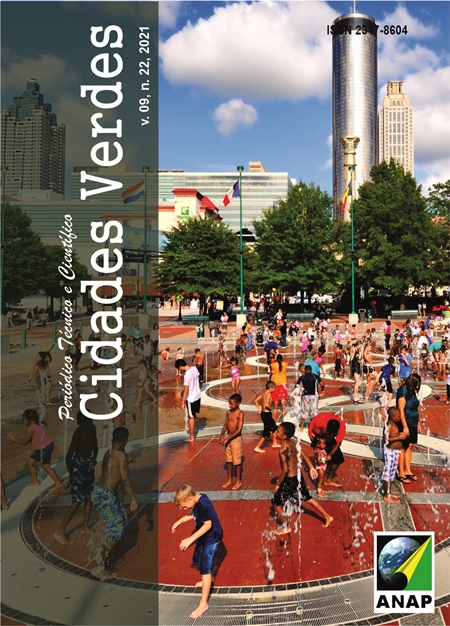Vegetated façades in urban areas
Case study in Belo Horizonte
DOI:
https://doi.org/10.17271/2317860492220212870Abstract
Climate changes associated with the intense urbanization process and the growing change in land use have challenged societies to seek ways to minimize its consequences and events, among them: floods, heat waves, forest fires, gales, increase in the level of seas, desertification. Vertical gardens adapted to buildings can be a strategy to minimize heat islands in urban environments, in addition to qualifying the landscape. The objective of this study is to identify and point out plant species suitable for the implementation of Vertical Gardens in urban environments. Using a multifactorial design methodology, two facades in the central area of Belo Horizonte with different orientations and two types of vertical garden systems were analyzed. The results showed that the green curtain system proved to be more sustainable and economical, in relation to the hydroponic garden system, in terms of watering and quantity of seedlings, in addition to enabling the use of species from the local biome. The results of the study contribute to guide the implementation and diffusion of vertical gardens in buildings. It is suggested for future work, experimental studies that analyze the use of species in the local biome and the relationship with maintenance, and with the consumption of water for irrigation.
KEYWORDS: Vertical gardens. Vegetated facades. Climate Changes.















